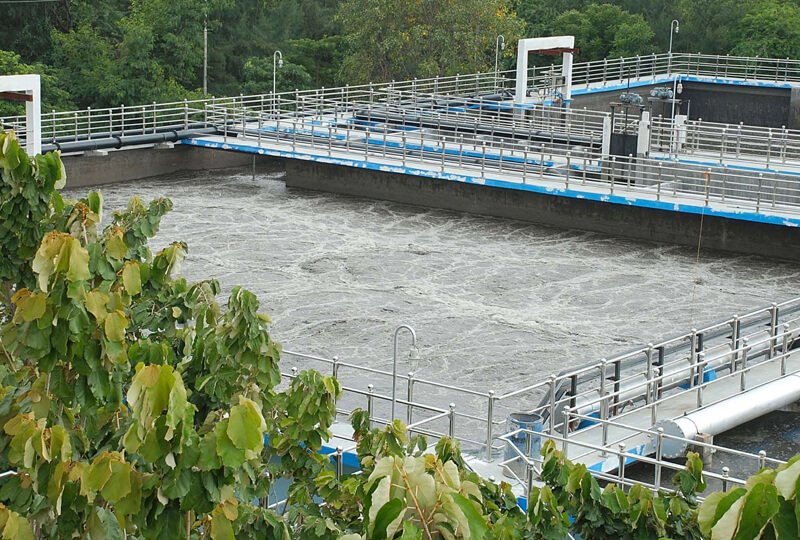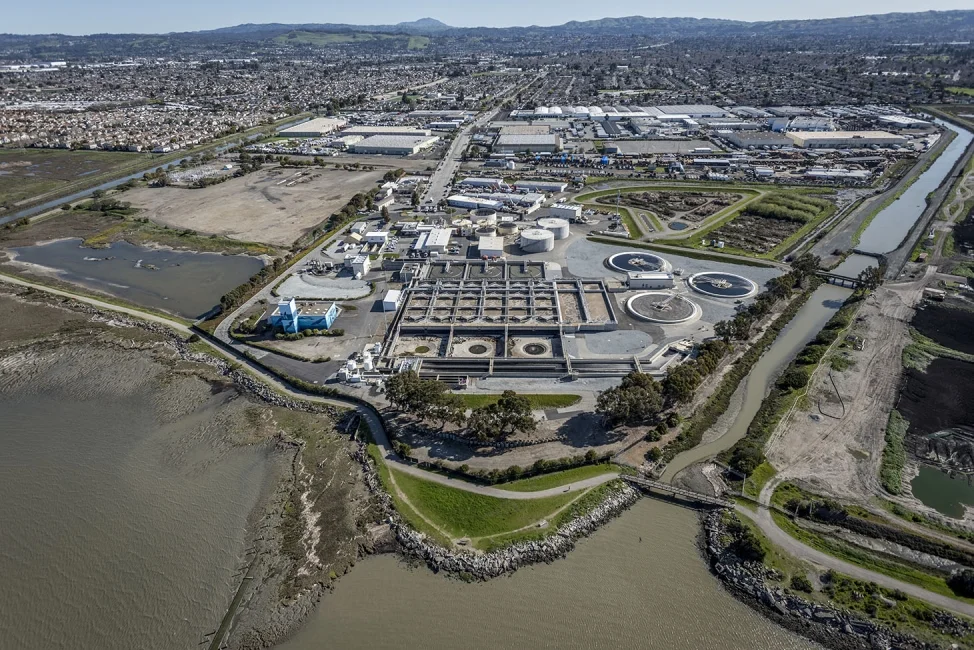What Is The Purpose Of Tertiary Wastewater Treatment

What Is The Purpose of Tertiary Wastewater Treatment?
Introduction
Wastewater treatment plays a crucial role in modern society, serving not only to protect public health but also to preserve the environment. As the global population increases and industrial activities expand, the demand for effective wastewater management has never been more critical. The wastewater treatment process is typically divided into three stages: primary, secondary, and tertiary treatment. While primary and secondary treatments focus on removing large solids and organic matter, respectively, tertiary wastewater treatment takes a deeper dive into purification, targeting contaminants that are not adequately removed by the initial stages. This article explores the intricacies of tertiary wastewater treatment, its purposes, methodologies, and significance in today’s ecologically conscious world.
The Basics of Wastewater Treatment
Primary Wastewater Treatment
The primary purpose of the initial stage of wastewater treatment is to remove settleable and floatable materials, which account for about 50% of total suspended solids. This is typically achieved through physical processes such as screening, sedimentation, and filtration. During primary treatment, debris like plastics, sand, and other visible particles are separated from the wastewater through screens and grit chambers. Once the larger materials are removed, the wastewater moves to sedimentation tanks where heavier particles settle as sludge, which is then removed for further processing.
Secondary Wastewater Treatment
Secondary treatment focuses on the biological removal of dissolved and colloidal organic matter that escaped primary treatment. It employs microbial processes to break down organic pollutants. The most common methods include activated sludge systems, trickling filters, and oxidation ponds. These biological processes reduce the biochemical oxygen demand (BOD) of the wastewater, which refers to the amount of oxygen that microorganisms will consume when they decompose organic matter in the water. By significantly lowering BOD and suspended solids, secondary treatment ensures that the water released into the environment is less harmful to aquatic life.
Purpose and Importance of Tertiary Wastewater Treatment
Definition and Scope
Tertiary wastewater treatment, often referred to as advanced treatment, is the polishing phase of treating wastewater. It goes beyond the primary and secondary stages to remove residual contaminants that include nutrients, heavy metals, additional suspended solids, and microorganisms. This stage is essential when the treated effluent is to be discharged into sensitive ecosystems or is intended for reuse.
Objectives of Tertiary Treatment
The primary objectives of tertiary treatment are to enhance water quality to meet rigorous environmental standards and support various applications such as irrigation, industrial processes, and potable water supply. The specific goals include:
-
- Nutrient Removal: Excessive nutrients, particularly nitrogen and phosphorus, lead to eutrophication, which causes harmful algal blooms and oxygen depletion in water bodies. Tertiary treatment methods are designed to remove these nutrients to prevent environmental degradation.
- Nutrient Removal: Excessive nutrients, particularly nitrogen and phosphorus, lead to eutrophication, which causes harmful algal blooms and oxygen depletion in water bodies. Tertiary treatment methods are designed to remove these nutrients to prevent environmental degradation.
-
- Pathogen Reduction: To meet safety standards, tertiary treatment aims to reduce pathogens present in the treated wastewater, ensuring it is free from harmful bacteria, viruses, and protozoa before release or reuse.
- Pathogen Reduction: To meet safety standards, tertiary treatment aims to reduce pathogens present in the treated wastewater, ensuring it is free from harmful bacteria, viruses, and protozoa before release or reuse.
-
- Removal of Trace Contaminants: Pharmaceuticals, personal care products, and other emerging contaminants can persist in the environment. Advanced treatment methods target these trace pollutants to prevent potential harm to ecosystems and human health.
- Removal of Trace Contaminants: Pharmaceuticals, personal care products, and other emerging contaminants can persist in the environment. Advanced treatment methods target these trace pollutants to prevent potential harm to ecosystems and human health.
-
- Solids and Turbidity Reduction: Extra filtration methods are applied to further reduce suspended solids and turbidity, thereby improving the clarity and quality of the treated water.
Technologies Used in Tertiary Wastewater Treatment
Filtration
Filtration is one of the most common methods for tertiary treatment. It involves passing the water through filters of different media such as sand, gravel, or activated carbon. These filters trap residual suspended solids and pathogens, providing a physical barrier that enhances water clarity.
Membrane Processes
Membrane technologies, including microfiltration, ultrafiltration, nanofiltration, and reverse osmosis, are highly effective at separating fine particles and dissolved contaminants. These processes utilize synthetic membranes with varying pore sizes to selectively allow water to pass while retaining impurities.
Biological Nutrient Removal
Advanced biological treatments specifically target nutrient removal. These processes, such as nitrification-denitrification and biological phosphorus removal, employ specialized microbial communities to transform and remove nitrogen and phosphorus compounds.
Chemical Precipitation
Chemical treatment is often used to precipitate and remove dissolved substances from wastewater. This involves adding coagulants that react with contaminants to form insoluble precipitates. For instance, the addition of lime can facilitate phosphorus removal by forming insoluble calcium phosphate.
Disinfection
Disinfection is a crucial step aimed at eliminating disease-causing microorganisms. Chlorination, ultraviolet (UV) irradiation, and ozonation are common disinfection techniques in tertiary treatment, each with its specific advantages and operational considerations.
Environmental and Economic Significance
Protecting Aquatic Ecosystems
Tertiary treatment technologies help maintain ecological balance by preventing eutrophication and protecting biodiversity. By ensuring the removal of nutrients and harmful pathogens, these processes safeguard aquatic life and enhance the quality of water bodies receiving treated effluent.
Supporting Water Reuse and Conservation
With increasing pressure on freshwater resources, water reuse is becoming a strategic component of sustainable water management. Tertiary treatment makes it possible to treat wastewater to a level suitable for agricultural irrigation, industrial use, and even potable reuse, thus alleviating the demand for freshwater extraction.
Economic Benefits
Although tertiary treatment processes can be costly, the long-term savings and environmental protection they afford are substantial. By preventing health hazards and environmental degradation, communities reduce costs associated with water pollution control and health care. Furthermore, treated wastewater as a resource can offset costs in industries and agriculture.
Challenges and Future Directions
Technological and Financial Barriers
Implementing and maintaining advanced wastewater treatment technologies require considerable financial investment and technical expertise, posing challenges for developing regions. Finding cost-effective and scalable solutions remains an ongoing task in the field.
Emerging Contaminants
The presence of pharmaceuticals, personal care products, and endocrine-disrupting compounds in wastewater presents emerging challenges. Technological advancements are needed to enhance detection and removal of these substances to mitigate their potential impact on ecosystems and human health.
Climate Change Implications
Climate change can affect the performance of wastewater treatment facilities by altering precipitation patterns and exacerbating extreme weather events. These changes may impact the reliability and efficiency of treatment processes, necessitating adaptive strategies to maintain effective operations.
Conclusion
Tertiary wastewater treatment represents a critical advancement in the effort to protect water resources and ensure environmental and public health. By targeting the residual contaminants left after primary and secondary treatments, tertiary processes play a pivotal role in producing high-quality effluent suitable for various applications. As we face unprecedented environmental challenges and increasing water scarcity, the continuous development and implementation of efficient tertiary treatment methods will be essential in shaping a sustainable future. Balancing technological innovation with economic and environmental considerations will be key to meeting the demands of the global water management landscape.



